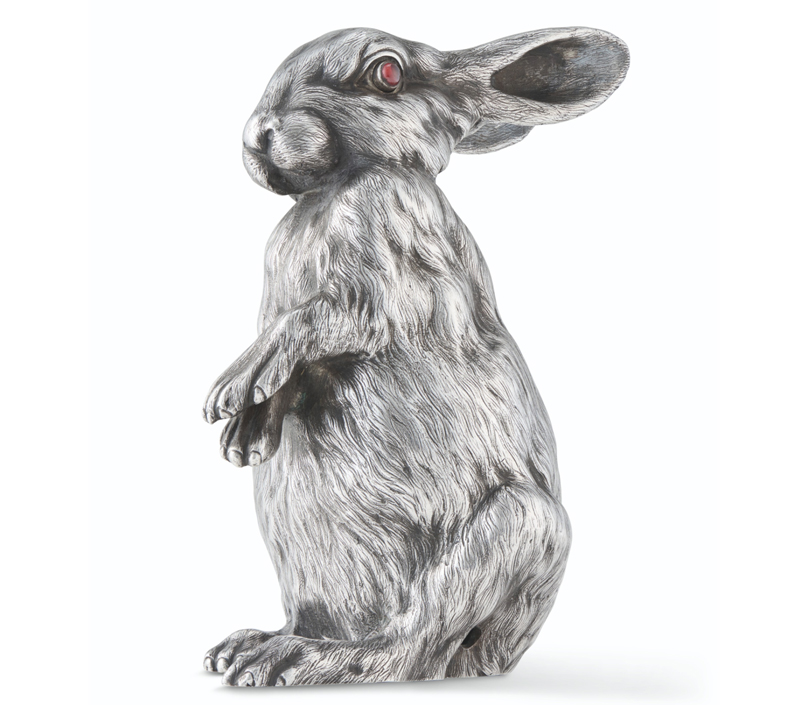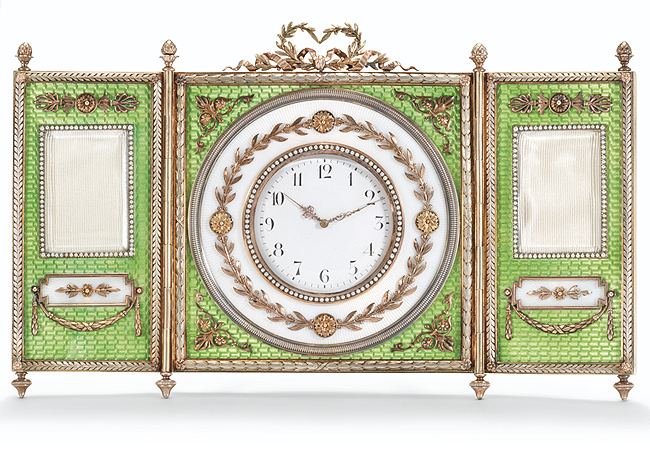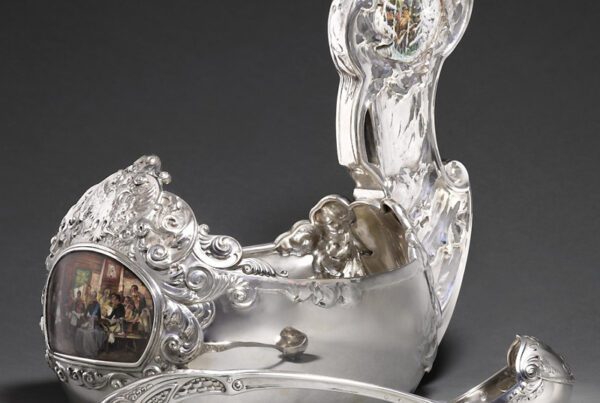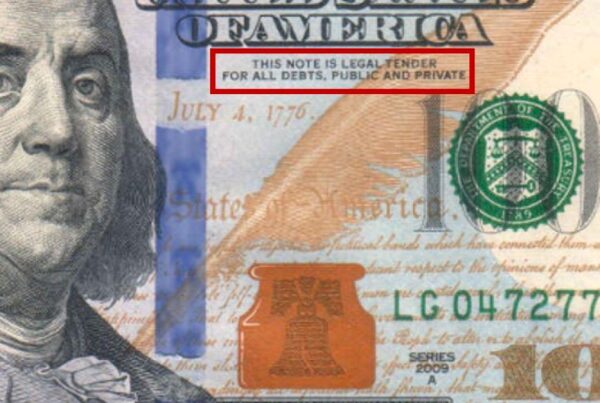I guess Covid does not help travel or do any market a favour, least of all Russian. Bidding on the Woolf Collection finished with the saleroom 90% full. Christie’s Works of Art kicked in without a pause – with only 14 people left. The session paled in comparison, totalling £2.72m with 95 of the 124 lots sold (77%).

Lot 104, A Jewelled, Silver and Gold-Mounted Agate Model of A Dormouse by Fabergé
It did, however, boast the day’s finest animal figurine: a cute beautifully carved agate Dormouse (or some other nocturnal creature) with silver whiskers clutching strands of gilt straw, that surged to £225,000, or £180,000 hammer (Lot 104, est. €80-120,000). This price exceeded any records set in the Woolf’s animal collection.

Lot 112, A Gem-Set Silver Bell-Push in The Form of A Rabbit by Fabergé
I thought the series of ten Fabergé silver animals would do quite a bit better, even if eight of them sold, led by a bell-push in the form a Rabbit at £43,750.

Lot 109, A Jewelled and Guilloché Enamel Silver-Gilt Triptych Clock and Frame by Fabergé
Three of the session’s four Fabergé clocks were pretty plain, the exception being a hardly market-fresh clock by Victor Aarne with a dial inserted in a green guilloché enamel triptych frame. This took an unconvincing £87,500 (Lot 109, est. €80-120,000). I am hardly surprised, the clock has a bit of an issue with enamel and its silver mounts are quite crude, there ain’t no desired finesse there.

Lot 187, A Bronze Model of Mephistopheles by Mark Antokolsky
Of the session’s 28 Fabergé lots, 21 sold, yielding £832,000. The rest of the stuff – enamels, porcelain, etc. – was, pardon me, plain boring and, with only a couple of exceptions, nothing to talk about. A Moscow presentation kovsh (c.1700) engraved with a bunch of grapes made £50,000 (Lot 182, est. £25,000-35,000), and Mark Antokolsky’s 5ft 8in seated statue of Mephistopheles rocketed to £400,000 (Lot 187, est. £150,000-200,000).

Lot 203, A Jewelled and Seed-Pearl, Cloisonné and Champlevé Enamel Silver-Gilt Icon of Christ Pantocrator by Grachev
But the icon section did pretty well, particularly a cloisonné and champlevé enamel silver-gilt icon of Christ Pantocrator by Grachev (St Petersburg, c.1890) that tripled hopes on £206,250 (Lot 203, est. £50-70,000).









